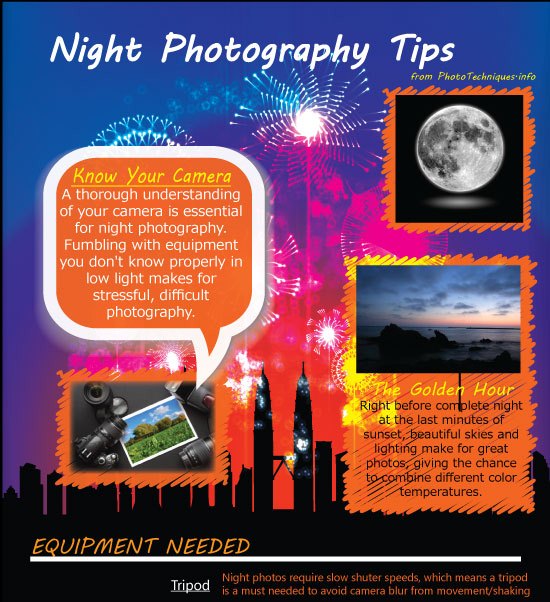Photography Tips For Beginners: Grasping Your Camera In No Time
Photography Tips For Beginners: Grasping Your Camera In No Time
Blog Article
Post Written By-Tobin Kaas
When you first grab your electronic camera, it can really feel frustrating with all the setups and choices readily available. You could find yourself asking yourself exactly how to browse aperture, shutter rate, and ISO properly. Understanding these principles is critical, however there's more to digital photography than just technical knowledge. Understanding structure strategies and illumination problems can raise your images drastically. So, suppose you could find out straightforward methods to boost your abilities and begin capturing excellent images sooner than you believe? Allow's explore how to transform your digital photography trip.
Understanding Cam Settings
Recognizing your cam setups is important for catching sensational pictures. When Jen Worley Photography get your electronic camera, acquaint on your own with the 3 main setups: aperture, shutter rate, and ISO. Each plays a crucial duty in exactly how your images turn out.
Start with aperture, which manages the amount of light getting in the lens. A bigger aperture (lower f-number) allows much more light and creates a gorgeous history blur, best for pictures. On the other hand, a narrower aperture (greater f-number) maintains even more of the scene in focus, ideal for landscapes.
Next, concentrate on shutter speed. This setting figures out how long your cam's sensor is subjected to light. A fast shutter speed ices up movement, which is great for action shots, while a sluggish shutter rate can create stunning results like smooth water in landscapes.
Lastly, change your ISO. This setting impacts your cam's level of sensitivity to light. A greater ISO works in low-light scenarios yet can present sound or grain. Aim for the most affordable ISO feasible while still achieving correct direct exposure.
Structure Techniques
When you're out capturing, composition can make all the difference in just how your pictures resonate with visitors. Start by using the regulation of thirds; visualize your frame split right into 9 equivalent sections with two straight and two upright lines. Setting key elements along these lines or at their intersections to create equilibrium and rate of interest.
Next off, consider leading lines. These all-natural lines in your scene, like roads or rivers, attract the audience's eye right into the photograph, leading them through the tale you're telling.
Do not forget about mounting; usage elements within your scene, like trees or home windows, to create a framework around your subject, including deepness and focus.
Likewise, keep an eye on your background. A chaotic history can sidetrack from your main subject, while a basic one aids it stick out.
Finally, experiment with proportion and patterns; they can create a striking image that captures focus.
Mastering Lighting Issues
Mastering lights conditions is critical for capturing magnificent photographs, as the right light can change an ordinary scene into something phenomenal.
Start by observing all-natural light at different times of the day. Mornings and late afternoons offer the most effective light, called the golden hour. The soft, warm tones throughout these times can improve your pictures wonderfully.
Don't shy away from overcast days either; diffused light can reduce extreme darkness and develop a pleasing result, specifically for pictures.
Trying out backlighting by positioning your topic versus the source of light. This strategy can produce a dreamy halo result and include depth to your pictures.
Take note of your cam settings as well. Change https://squareblogs.net/archie15rosalyn/typical-blunders-new-photographers-make-and-how-to-stay-clear-of-them , aperture, and shutter rate to fit the illumination problems. A greater ISO can help in reduced light, yet beware of grain.
Make use of a tripod in darker settings to prevent blur.
Finally, don't neglect man-made lighting. Flash and constant lights can be fantastic tools for regulating light in difficult problems.
Conclusion
Finally, mastering your cam does not need to be frustrating. By understanding your settings, using make-up strategies, and taking advantage of the power of all-natural light, you'll promptly elevate your photography abilities. Keep in mind, exercise makes perfect, so venture out there and trying out your newly found understanding. With time and commitment, you'll be catching stunning images that show your distinct perspective. Delight in the trip, and don't neglect to enjoy while you're at it!
